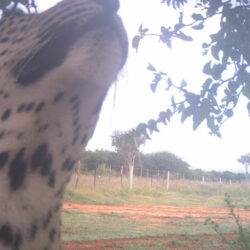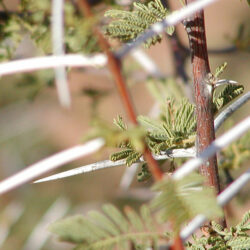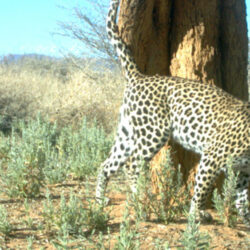Identifying Cheetah: Scat Sampling – CCF Genetics Lab
-
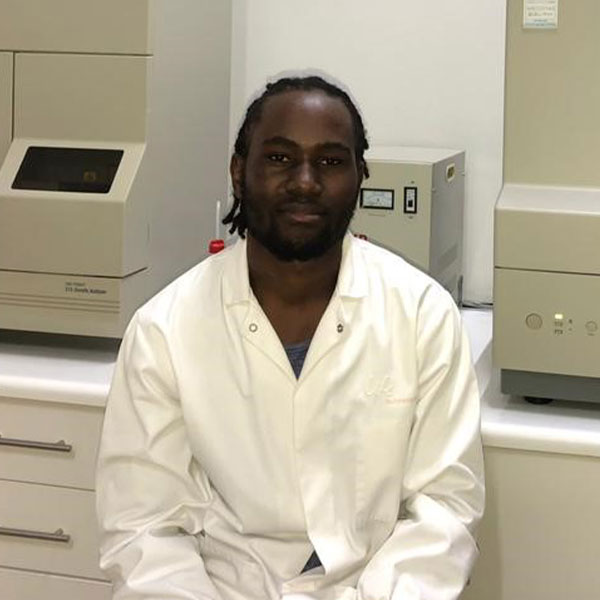
- by Hafeni Hamalwa July 11, 2017

The Cheetah Conservation Fund runs the scat sampling project through its Applied Biosystems Conservation Genetics Laboratory with the aim to provide a non-invasive method of collecting DNA from animals. The genetics lab collects scat samples to help obtain genetic ID of individual cheetahs around CCF and it also helps determine the number of different cheetah represented in the samples. The samples are mostly collected with the aid of the scat detecting dogs and all CCF cars have scat collection kits (collection bag, instruction, pair of gloves and the permit) to help staff who have an eye for identifying scat when they walk in the field. Scat is also collect from posts called play trees. With gloves (or a stick) the scat is collected into a labeled collection bag (date of collection, location, sample ID, species if known and freshness).
To do so successfully there are few things to keep in mind when collecting scat. Carnivore use scats as a territorial mark, so when collecting scats, you cannot collect the whole scat for sampling, you must leave a portion at the location. The collected samples are then sent to the genetics lab where all the genetics analysis from DNA extraction to microsatellites is done.
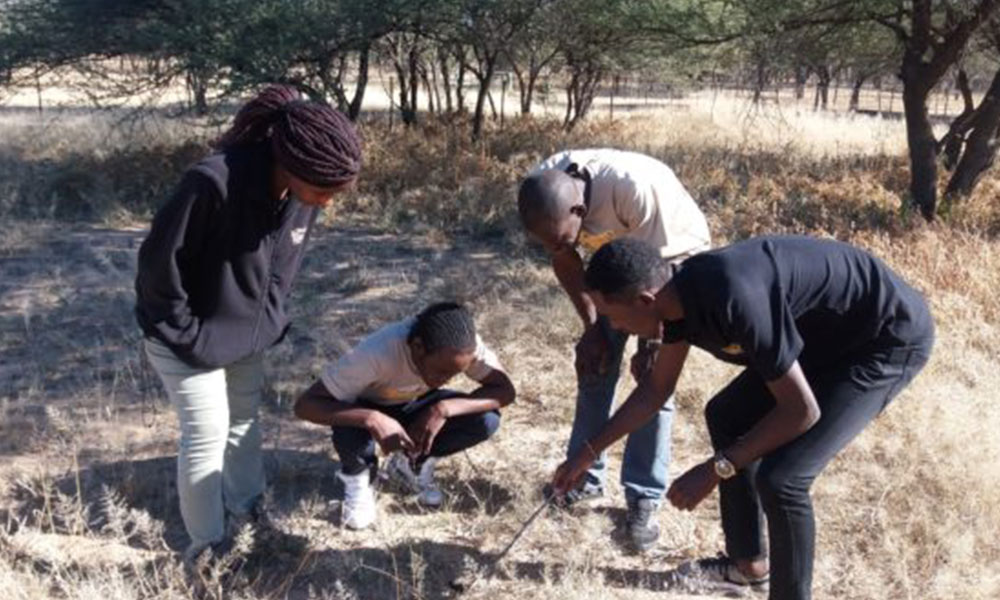
Scat as either dry or fresh – it is not a thing most people think about. But the information that Biologists can obtain from it can make a difference in the declining population of wild carnivores, especially cheetahs. The genetics lab provides every intern and working guest at CCF with basic training on how to collect scat samples around CCF’s campus. This helps interns and working guest understand carnivore (and animal) behavior in the wild.
Working with scat, I came to learn that one can identify the species and individuals represented in the sample and can also estimate the population structure of carnivores in the wild.
Hafeni Hamalwa is from Onakamwandi village. He completed his Honors degree in Microbiology at the University of Namibia in 2016. He is currently at the Cheetah Conservation Fund as a Genetics Intern since February 2017. His objective is to gain experience in genetics and a better understanding of the cat’s genetics. And also to apply what he has mastered at university at practical level.

